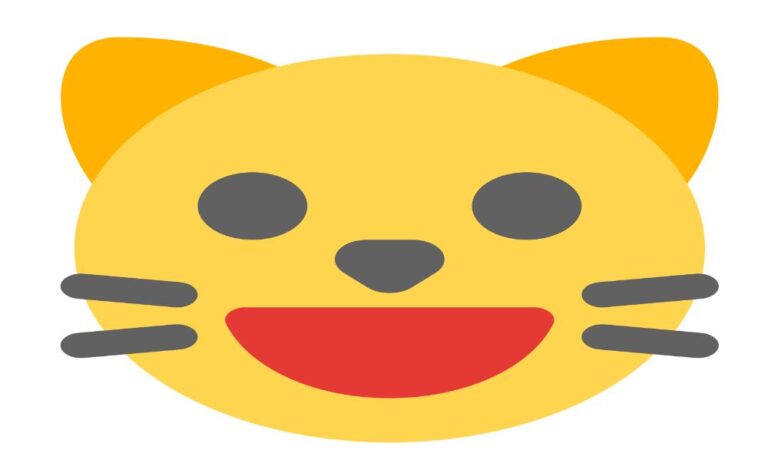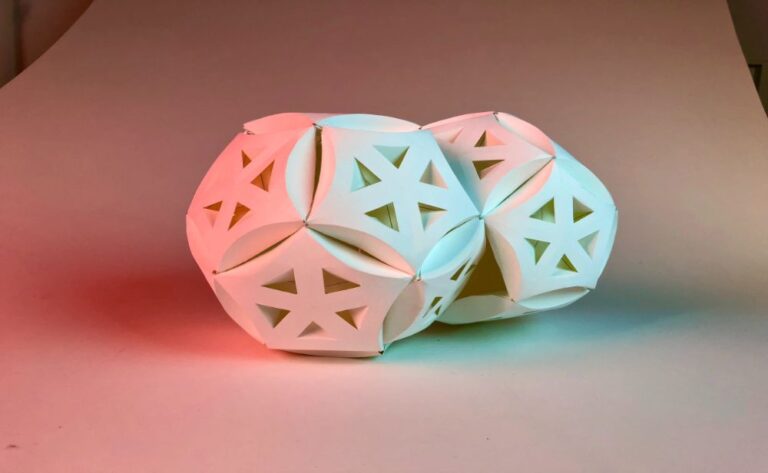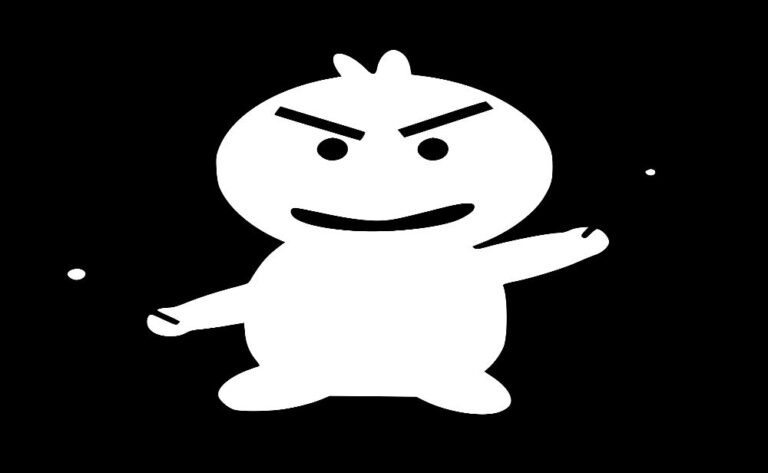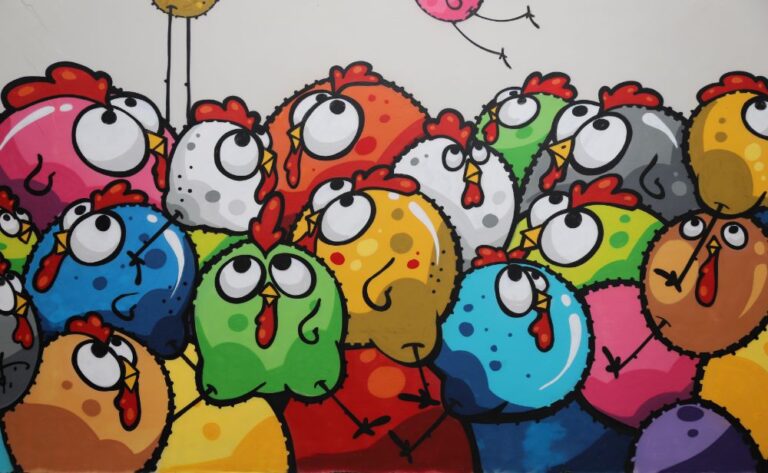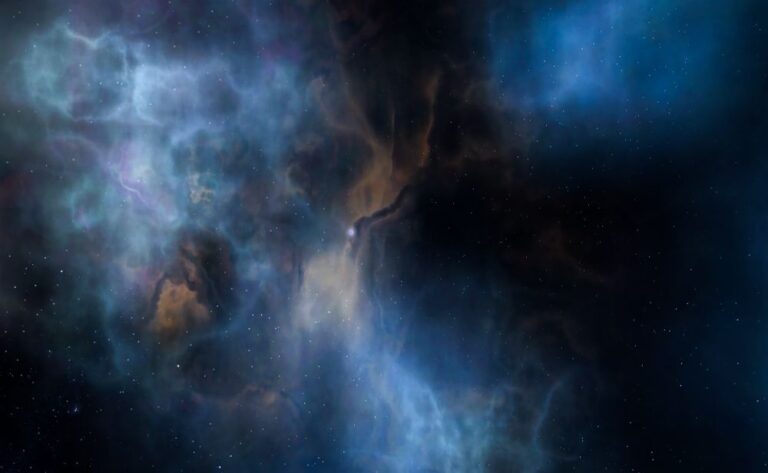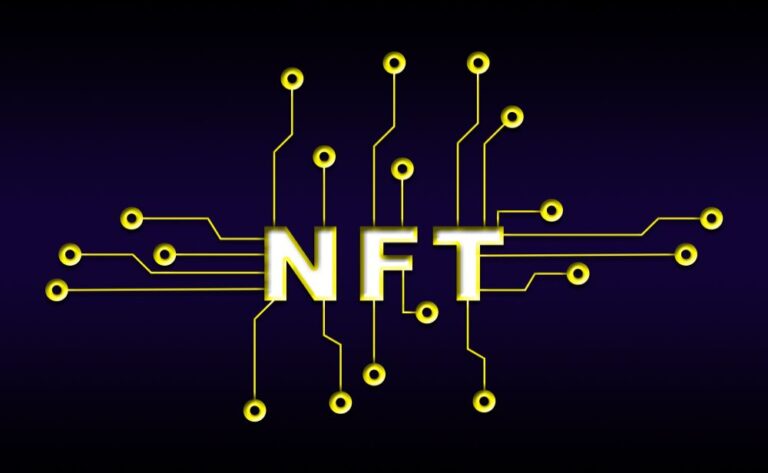
OpenSea, Rarible, SuperRare, Atomic Hub and more!
As the need for marketplaces to buy and sell Non-Fungible Tokens continues to increase, their notoriety will increase as well. But where can I locate NFTs and safely trade them? Based on our research, here is the definitive list of the top 20 best NFT marketplaces to buy or sell your own NFTs. We hope you find these details useful!
The 20 Best NFT Marketplaces for Your NFTs
This is the ultimate list of top NFT marketplaces to buy or sell your own NFTs.
- OpenSea
- Rarible
- Magic Eden
- SuperRare
- Treasureland
- LooksRare
- Foundation
- tofuNFT
- Objkt
- Solanart
- PancakeSwap NFTs
- AtomicHub
- Decentraland Marketplace
- NFT Showroom
- Viv3
- BakerySwap NFT
- NeftyBlocks
- Ghost Market
- Known Origin
- GameStop
1. OpenSea
OpenSea is arguably the largest NFT marketplace at present. Users can purchase and sell digital art non-fungible tokens, domain domains, land in virtual worlds, collectible trading cards, and gaming objects, among other things, on this platform.
Popular projects such as Decentraland, Cryptokitties, and The Sandbox offer NFTs here.
Numerous blockchain systems are supported by hundreds of projects in the NFT marketplace. OpenSea now supports Ethereum, Polygon, Klatyn, and Solana, and will add support for additional platforms.
Anyone who logs onto the platform using Metamask is able to construct their own NFT at no cost. Creators can make their own NFT collection and the related NFTs for free and without having to write any code. Additionally, games and other blockchain projects that employ their own smart contracts can be readily integrated into OpenSea.
The sale of NFTs on OpenSea can occur in a number of ways. The seller may set a fixed price, allow the price to decrease over time, or conduct an auction with a closing date.
2. Rarible
Rarible is a marketplace for NFTs where all sellers and buyers earn RARI tokens automatically. The owner of these RARI tokens has a stake in the platform and a vote in governance decisions. Even though users can sell game assets on Rarible, the platform’s primary focus is on artworks and digital collectibles.
Using the Rarible smart contract, creators can mint NFTs on Rarible. Your NFT will then be added to the Rarible collection.
Nevertheless, Rarible also enables users to curate their own collections. This means that the platform will generate a one-of-a-kind smart contract that will enable artists and sellers to combine their works into a single collection. Depending on gas rates on the Ethereum blockchain, the launch of such a smart contract can be rather costly.
You can sell all types of NFTs on Rarible, including art, collectibles, game items, virtual land, and domain names. The platform enables vendors to restrict access to material to people who purchase their NFTs, a common feature in the creative economy.
3. Magic Eden
Magic Eden is the largest NFT marketplace on Solana for multiple reasons.
The Solana network is quick and has minimal gas costs, and the sales commission is only 2%. This alone makes Magic Eden an excellent option for makers and dealers, but that’s not where the real fun begins.
Its launchpad allows novice developers to create NFTs without prior development skills, making it unique.
In addition to being a great starting point for novice producers, Magic Eden also provides collectors with a selected list of impending NFT releases.
4. SuperRare
SuperRare is a rising star in the field of digital crypto art. The portal permits only established artists to sell their works and curates the art they offer for sale.
Consequently, being accepted by SuperRare is regarded as a major accomplishment among the elite. All transactions on SuperRare require ETH, the native cryptocurrency of the Ethereum network.
On average, the artworks on SuperRare are rather more exclusive. Every item sold is one-of-a-kind, meaning there is only one edition.
• Visit the official website for SuperRare
5. Treasure Island
Treasureland is the most well-known NFT marketplace on Binance. The NFT exchange has established collaborations with Binance and other DeFi platforms.
In BNB, purchases are made, but alternatives are sometimes available. For example, an alpaca can be purchased for either BNB or ALPA in the Alpaca City game.
The platform also supports a number of additional tokens. Nonetheless, it appears hard to sell your own NFTs on this platform, as all collections are vetted by the company’s administrators.
6. LooksRare
Early in 2022, LooksRare, an Ethereum-based NFT marketplace, debuted as a direct competitor to OpenSea.
There are several benefits of use LooksRare. First, its 2% sales fee makes it significantly cheaper.
Second, if you buy or sell an NFT via this marketplace, you will receive the $LOOKS token as a reward. Notably, 75% of the coin is distributed to the community, and revenues are decentralized. Additionally, this token can be staked to generate up to 600% interest.
Bonus points Choose the bidding mechanism on LooksRare that allows you to bid on any collection and set your own price.
While the $LOOKS token has advantages, it also has disadvantages, as it is currently the sole way to purchase assets on the network.
7. Groundwork
Foundation is one of the emerging stars among NFT marketplaces. This marketplace concentrates on NFT art, and at present, you can only sell your work if a third party invites you.
Initially, all artworks will be sold via auction, and the platform will not permit secondary transactions. Therefore Foundation is a perfect venue for purchasing artworks directly from the artists.
Before you can sell anything on the Foundation platform as an artist, you will need to establish connections with the in-crowd.
8. tofuNFT.
tofuNFT, formerly known as SCV NFT market, is a multichain NFT marketplace with a concentration on GameFi and collectibles.
While collectors may quickly locate any NFT by utilizing tofuNFT’s sophisticated search and filtering engine, this marketplace is also a formidable resource for dealers and makers.
NFTs can be sold at auction, for a fixed price, or by accepting buy offers without any listing fees. Please be aware that a relatively large cost of 5% goes to the platform.
tofuNFT was introduced in December 2021, and it has a dedicated user base.
9. Objkt
Objkt, the largest marketplace on the Tezos network, has a fascinating past. It began as a platform that operated auctions for the now-defunct Hic et Nun marketplace and ultimately grew into Tezos’s most popular NFT platform.
Objkt permits the minting of NFTs, and it also displays all the NFTs available on Tezos via platforms such as Kalamint, Rarible, and FXHash.
All successful transactions include a 2.5% service fee. Objkt provides collectors on Tezos with a leaderboard for monitoring popular collections and floor prices across the whole network.
10. Solanart
Solanart was the initial NFT marketplace to debut on the Solana platform. Even though it is no longer the most popular network, it still offers a great deal.
The charge is 3%, but the amount of creator’s fees that are included in the selling price of NFTs is up to the creator.
This marketplace is also distinguished by its price history, which enables collectors to evaluate the collection’s performance during its existence. It may be useful if you wish to determine whether the NFT you intend to purchase is a suitable investment.
11. PancakeSwap NFT
PancakeSwap, a decentralized exchange, created its own NFT marketplace on the BNB Chain in September 2021.
The publication of their first NFT collection, Pancake Bunnies, marked the beginning of what is now one of the most prominent NFT markets. Users of PancakeSwap can list BSC-based NFTs on the marketplace for minimal fees.
In addition, PancakeSwap deducts 2% of each sale in order to repurchase and burn $CAKE tokens.
12. Atomic Center
There are other NFT marketplaces on the Wax blockchain, but Atomic Hub is the undisputed leader (or AtomicMarket). This marketplace contains a directory of all Wax projects and permits anyone to trade their assets for WAX tokens.
Native to the Wax blockchain, trading requires no gas fees, which is one of the primary reasons for the marketplace’s explosive growth. This enables users to trade assets with a value of $0.25.
In addition, Atomic Hub makes it simple to create your own NFT collection. Users can create their own collection without paying any gas fees by clicking “NFT Creator” in the top menu. Every collection can contain NFTs with a similar theme, and developers can use’schemas’ to standardize the data underlying these NFTs.
13. Decentralized Market
The Ethereum blockchain powers the decentralized virtual reality platform Decentraland. Within the Decentraland ecosystem, users can create, experience, and monetize their own creations.
In the shared virtual world, users can purchase “parcels” of land that are recorded on a blockchain-supported distributed ledger. The land itself, as well as the virtual properties constructed upon it, is a non-fungible digital asset or utility token called LAND that is stored in an Ethereum smart contract.
Smart contract-encoded content published on land is under the control of the landowner. This content may include anything from images and videos to games and applications. Users can explore, travel, and visit venues in a similar way to in the real world. The platform is also a peer-to-peer network for users to interact.
14. NFT Showroom
With the rise of Ethereum gas fees and the hype surrounding digital NFT art, purchasing an NFT artwork has become quite a difficult process. No wonder marketplaces on other blockchains are increasing in popularity. NFT Showroom on the Hive blockchain is one of the best examples.
There’s an application process for artists to sell their art, and it basically requires people to showcase their works.
Obviously, all payments happen on the Hive blockchain, which works a bit differently than Ethereum. The good news, however, is the transaction fees and minting costs are non-existent.
15. VIV3
Still one of the most recent networks, the Flow blockchain is also starting to offer some NFT marketplaces. Aside from NBA Top Shot, which has its own private marketplace, there aren’t many alternatives. One of the only one worth mentioning is VIV3, a marketplace where approved and curated creators can sell their digital items.
Payments happen using the FLOW token, and a couple of dozen artists have carried out drops on the platform. Despite the ability to submit your application, activity on VIV3 is still not high.
Like the rest of the Flow blockchain, it’s waiting for more products to launch and start offering NFTs on the network.
16. BakerySwap
Binance Smart Chain is known for its major growth in the DeFi space, and now it’s rapidly moving into NFTs. BakerySwap has its own NFT marketplace where all payments happen with the platform’s native BAKE token.
Creators need to log in to the marketplace using their Metamask browser extension, go to the NFT Marketplace, and press Mint Artwork. There will be a form to submit your NFT to BakerySwap, which costs 0.01 BNB to mint. It’s pretty straightforward and cheap to do.
17. NeftyBlocks
Another WAX marketplace on this list, NeftyBlocks has many nifty features that both collectors and creators will appreciate.
For creators, it allows them to list NFTs globally, meaning that any NFT listed on NeftyBlocks is available on different marketplaces on the WAX blockchain. Collectors can also benefit from this because they can buy NFT listed on other WAX marketplaces.
NeftyBlocks doesn’t have any gas fees, and if you use it to buy and sell NFTs, you’ll be rewarded with the platform’s native token $NEFTY.
18. GhostMarket
Ghostmarket is the first cross-chain NFT marketplace, supporting the blockchains Phantasma, NEO, BSC, Polygon, Avalanche, and Ethereum. Therefore payments happen in each correspondent cryptocurrency.
For most people, the Phantasma side of this NFT marketplace will be the most interesting as it offers game items and artworks by content creators.
Minting requires users to have a Phantasma wallet and some SOUL tokens, and costs will be a few cents.
19. Known Origin
Known Origin was among one of the first NFT art marketplaces on the Ethereum blockchain.
The curated art platform still has a presence today, and only allows approved creators to sell their digital art on their platform. Amidst the NFT hype, the platform seems to have lost some of its significance, but the platform still has a lively primary and secondary sales market.
20. GameStop
Recently integrated with DappRadar, GameStop is an NFT marketplace launched in July 2022, focusing on gaming NFTs.
Thanks to its slick user interface, gamers get to trade digital collectibles with an excellent user experience. GameStop’s beta marketplace was built on the Layer 2 solution Loopring, compatible with Ethereum, and aims to become the bridge between traditional gamers and blockchain games with integration with Immutable X.
What is an NFT and where can I get one?
NFTs are unique digital items on the blockchain, and they can, for example, be a collectible card, artwork, and also a piece of virtual real estate, or a sword inside a video game.
There are NFT marketplaces to buy and sell your own non-fungible tokens or digital assets, and they come in all kinds of shapes and sizes.
To understand more about NFTs, please refer to our educational article about NFTs.
How to create an NFT collection?
Before you mint an NFT, you will first need to make a digital asset. This can be a photo, a digital artwork, and so on. You will then need to mint that digital asset as an NFT, in most cases this can be done easily on the NFT marketplaces listed here.
As the creator of an NFT, you have the responsibility to only mint your artwork in one location. Technically you could mint the same digital asset multiple times, but that will definitely hurt your reputation as a creator.
The most common token standard for NFTs has been ERC-721, while ERC-1155 was added a bit later. However, with the rise of alternatives for Ethereum, the token standard has also been copied to different blockchains.
On Tron, there’s the TRC-721 standard, while Binance Smart Chain supports BEP-721 and BEP-1155. Furthermore, Wax and Flow have their own standards for NFTs.
How to track the best NFT marketplaces?
When collecting NFTs, it is very important to keep up to date on the state of marketplaces. One of the best tools to follow how the best NFT marketplaces are doing is the DappRadar NFT Marketplace Ranking.
There, you find non-fungible token trading volumes, the number of traders per marketplace, and many more key metrics.
